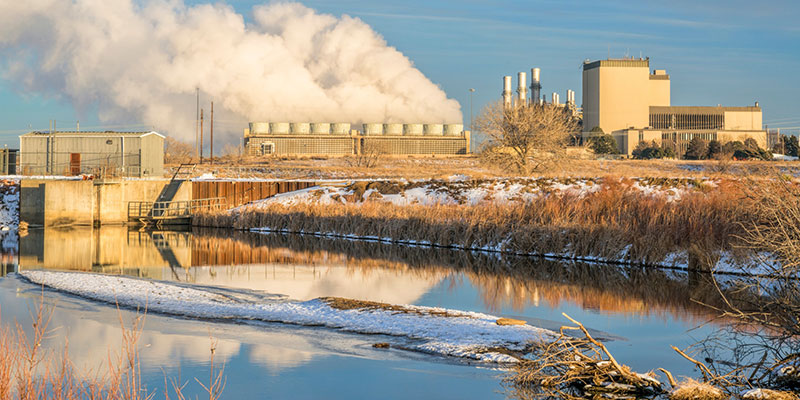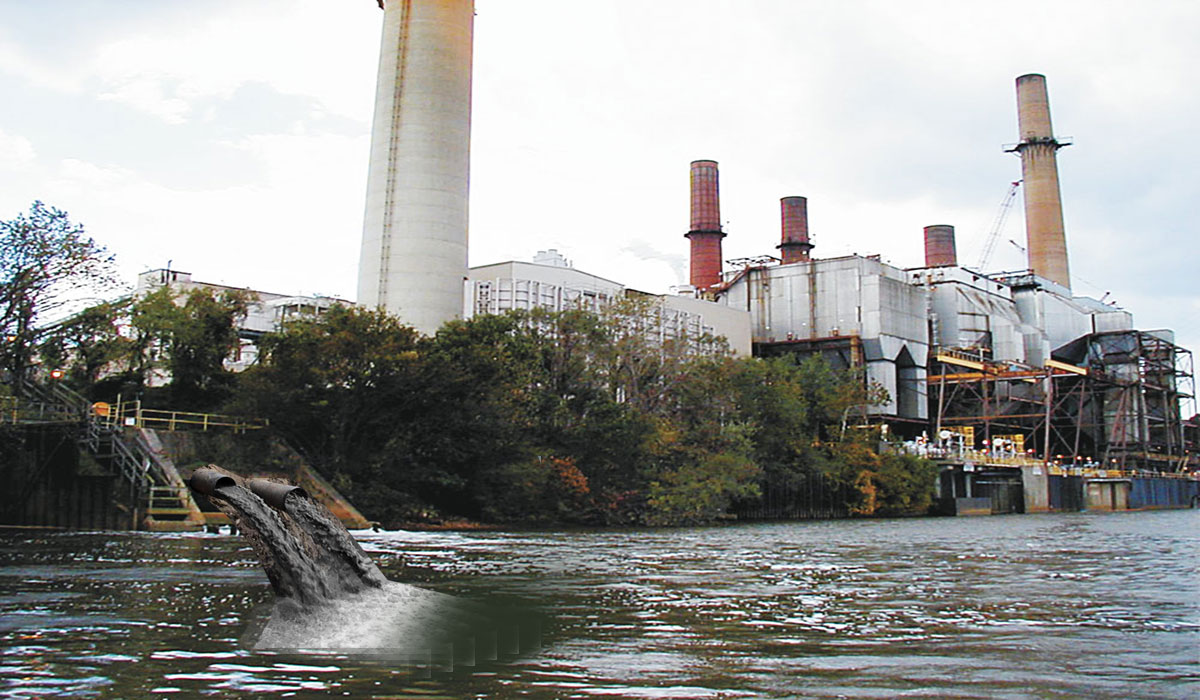Industrial Waste Water Treatment-- Cutting-Edge Technologies for Water Filtration
Wiki Article
Technologies and Advances in Hazardous Waste Water Therapy Technologies
The landscape of commercial wastewater treatment is undergoing a transformative shift, driven by advancements that enhance both efficiency and sustainability. As regulative criteria evolve, the integration of AI and machine discovering into wastewater monitoring systems guarantees to enhance operations and make certain compliance.Review of Waste Water Therapy Technologies
Wastewater treatment innovations incorporate a variety of approaches developed to get rid of impurities from commercial effluents prior to their launch into the setting. These technologies are crucial for maintaining environmental equilibrium and making sure conformity with environmental policies. The key groups of wastewater therapy include physical, chemical, and organic methods, each offering distinctive purposes based on the nature of the contaminants present.

Biological treatment techniques employ microbes to weaken organic issue, making them particularly effective for organic-rich effluents. Techniques like triggered sludge and biofilm reactors harness the all-natural deterioration abilities of microorganisms, causing considerable reductions in biochemical oxygen demand (BOD)
Advanced Filtering Methods
Advanced filtering techniques represent a vital evolution in the realm of industrial wastewater therapy, enhancing the performance of impurity elimination processes. Industrial Waste Water Treatment. These methods encompass a range of modern technologies, consisting of microfiltration, ultrafiltration, nanofiltration, and turn around osmosis, which offer sequential barriers for various particle dimensions and chemical frameworksMicrofiltration and ultrafiltration utilize membrane layer systems to get rid of put on hold solids, bacteria, and bigger organic molecules, improving the top quality of effluent before additional treatment. Nanofiltration links the void between ultrafiltration and reverse osmosis, effectively getting rid of natural substances and divalent ions, therefore reducing the load on downstream procedures.
Reverse osmosis supplies the highest degree of filtration by enabling only water and little particles to go through its semi-permeable membranes, making it excellent for recovering high-quality water from commercial effluents. Recent advancements in membrane layer innovation, including the advancement of even more fouling-resistant and sturdy materials, have actually substantially enhanced functional performance and minimized costs.
Including these innovative purification techniques not just improves the general therapy process yet additionally adds to sustainability efforts by allowing water reuse and source recovery in industrial setups. (Industrial Waste Water Treatment)
Biological Therapy Technologies

Moreover, the growth of crafted biological systems, such as membrane layer bioreactors (MBRs), integrates organic treatment with advanced membrane filtering. This integration permits higher effluent top quality and reduced footprint, making it appropriate for space-constrained commercial facilities. Developments in genetically engineered bacteria have additionally emerged, enhancing the biodegradation of certain impurities, such as pharmaceuticals and heavy metals, that are typically testing to remove.
Furthermore, the application of bioaugmentation techniques, where advantageous microorganisms are presented to enhance the existing biological treatment processes, has shown promising lead to boosting treatment performance. These developments collectively symbolize a fad in the direction of even more effective and lasting biological therapy techniques that can adapt to the developing intricacies of commercial wastewater streams. As sectors continue to focus on ecological compliance, these organic developments will certainly play an important role in wastewater monitoring.

Resource Recuperation Techniques
In commercial settings, the assimilation of source healing techniques has actually become significantly important for enhancing sustainability and decreasing waste. These techniques concentrate on drawing out useful products and energy from wastewater Bonuses streams, thus transforming prospective contaminants into recyclable resources.One popular method is nutrition recuperation, where nitrogen and phosphorus, frequently existing over in wastewater, are recorded and transformed right into plant foods. This not only reduces environmental influences however additionally gives a round economic climate remedy for agricultural applications. Additionally, modern technologies such as anaerobic digestion allow for the conversion of natural waste right into biogas, a renewable resource source that can offset nonrenewable fuel source usage in commercial procedures.
In addition, advanced purification and membrane innovations assist in the recuperation of industrial spin-offs such as salts and steels. These recouped products can be reintegrated into manufacturing processes, lowering the demand for virgin sources.
Future Trends in Waste Water Administration
As markets increasingly prioritize sustainability, the future of wastewater administration is established to undergo significant transformations. Technological advancements, such as artificial knowledge and device learning, will make it possible for extra effective tracking and management of wastewater systems. These innovations can anticipate upkeep demands, maximize therapy processes, and boost decision-making, eventually lowering functional expenses and environmental Home Page influence.In addition, the assimilation of circular economic situation principles will play a critical function in wastewater monitoring. Industries are expected to shift in the direction of systems that not only treat wastewater but likewise recover useful resources, such as nutrients, water, and energy. This change will certainly decrease waste and advertise the reuse of materials, aligning with worldwide sustainability goals.
Arising therapy techniques, such as membrane layer bioreactors and advanced oxidation procedures, will certainly further enhance the performance of wastewater therapy, enabling higher top quality effluents appropriate for reuse. In addition, governing structures are likely to advance, highlighting more stringent criteria for wastewater discharge and motivating sectors to adopt cutting-edge therapy solutions.
Conclusion
Finally, the evolution of commercial wastewater treatment innovations shows a significant shift towards enhanced effectiveness and sustainability. Technologies in innovative filtration strategies, organic treatments, and resource healing approaches highlight the industry's dedication to environmental stewardship. The assimilation of artificial knowledge and maker understanding even more optimizes these procedures, ensuring governing conformity and promoting a round economic situation. Proceeded advancements in these locations will certainly play a critical function in shaping the future of wastewater administration and protecting essential water resources.The landscape of industrial wastewater therapy is going through a transformative change, driven by technologies that improve both performance and sustainability.Wastewater treatment technologies include a variety of techniques designed to get rid of pollutants from industrial effluents prior to their release right into the environment.Harnessing the power of biological procedures has led to considerable developments in the therapy of industrial wastewater.In addition, the execution of bioaugmentation strategies, where valuable microorganisms are presented to additional resources boost the existing biological treatment processes, has revealed promising results in improving treatment efficiency. These developments collectively represent a trend towards even more lasting and efficient biological therapy methodologies that can adapt to the progressing intricacies of commercial wastewater streams.
Report this wiki page